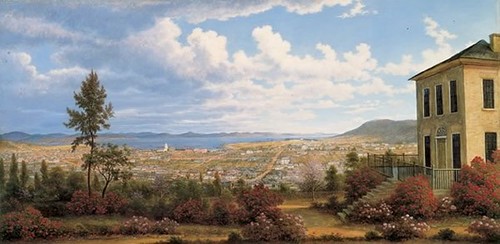Seven Years’ War: Russian and Austrian troops briefly occupy Berlin.
The Seven Years’ War, which took place from 1756 to 1763, was a global conflict that involved many of the great powers of the time and had a profound impact on the course of world history. It is often considered the first “world war” because it was fought on multiple continents and involved several theaters of conflict.
Background: The war had its roots in longstanding colonial and territorial rivalries among the European powers. In North America, it was known as the French and Indian War because of the involvement of British and French colonists and their Native American allies.
Major Participants:
Great Britain: The British Empire, led by King George II, sought to expand its colonial holdings and influence, especially in North America and India.
France: The French Empire, under King Louis XV, aimed to protect its North American and Indian territories and maintain its influence in Europe.
Spain: Spain joined France in the conflict as an ally, primarily in the European theater.
Austria: Austria was a major European power and was initially aligned with France and Spain.
Prussia: Prussia, led by Frederick the Great, was aligned with Great Britain and fought primarily in the European theater.
Theaters of War:
North America: The conflict in North America primarily revolved around the struggle for control of the Ohio River Valley and the Great Lakes region. The British, with the support of their American colonists, ultimately prevailed, gaining control of Canada and Florida.
Europe: The European theater of the war was characterized by numerous battles and shifting alliances. The war saw Prussia fighting against a coalition of Austria, France, Russia, and Sweden.
Caribbean: There were significant naval battles and skirmishes in the Caribbean, where Britain and France sought control of sugar-rich colonies.
India: The war extended to the Indian subcontinent, with British and French forces vying for dominance in the region.
Treaty of Paris (1763): The war came to an end with the signing of the Treaty of Paris in 1763. The treaty had several key provisions:
Britain gained control of Canada and Florida from France and Spain.
Spain ceded control of Louisiana to France.
Britain acquired all of French India and several Caribbean islands.
France retained control of its sugar-producing colonies in the Caribbean.
In Europe, the territorial status quo was largely restored.
Consequences:
The Treaty of Paris redrew colonial boundaries and significantly expanded the British Empire.
It also marked the beginning of British dominance in North America and India.
The war had a lasting impact on the American colonies, as it sowed the seeds of discontent that would eventually lead to the American Revolutionary War.
In Europe, the war helped solidify Prussia as a major European power and weakened Austria and France.
The global nature of the conflict contributed to a sense of interconnectedness among world powers, setting the stage for future conflicts.


